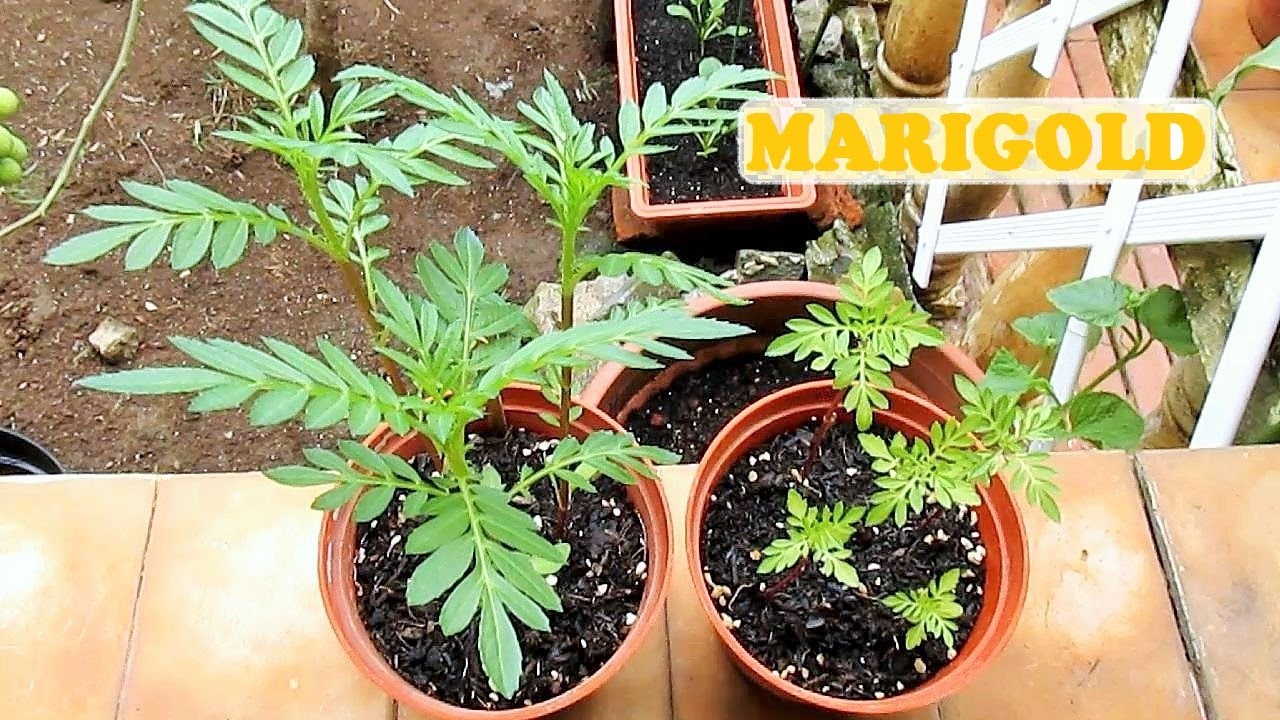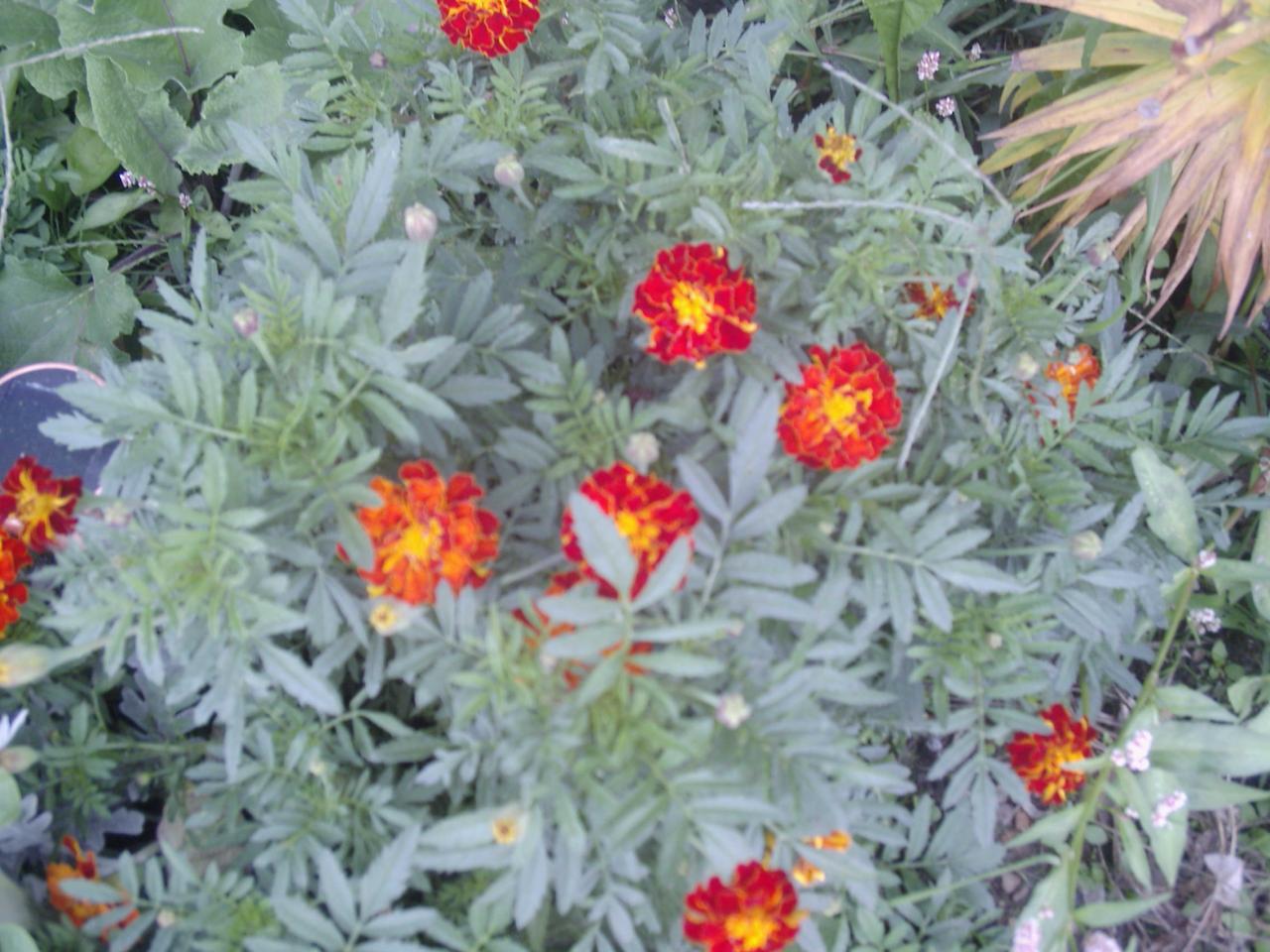Growing marigolds indoors can be a rewarding and vibrant way to brighten your living space. Known for their bright orange and yellow hues, marigolds are not only aesthetically pleasing but also offer various benefits such as pest control and air purification. This comprehensive guide will help you understand how to grow marigolds indoors, covering everything from choosing the right variety to caring for your plants. Let’s dive into the colorful world of marigolds!
Choosing the Right Marigold Variety: Growing Marigolds Indoors
When deciding to grow marigolds indoors, it’s crucial to choose the right variety. Here are a few popular types:
| Variety | Height | Bloom Time | Benefits |
|---|---|---|---|
| French Marigold (Tagetes patula) | 6-18 inches | Summer to fall | Attractive to pollinators |
| African Marigold (Tagetes erecta) | 1-3 feet | Summer to fall | Strong scent deters pests |
| Signet Marigold (Tagetes tenuifolia) | 6-12 inches | Summer to fall | Edible flowers with citrus flavor |
When selecting a variety, consider your available space and the look you want to achieve. French marigolds are perfect for smaller pots, while African marigolds can fill larger areas. 🌼
Preparing the Right Environment
Creating the optimal environment for growing marigolds indoors involves proper light, temperature, and humidity control.
Light Requirements
Marigolds thrive in bright, direct sunlight. Ideally, they need at least 6 hours of sunlight each day. Here are some tips for providing adequate light:
- Windowsills: South-facing windows are best for maximizing sunlight.
- Grow Lights: If natural light is insufficient, consider using grow lights.
Temperature and Humidity
Marigolds prefer temperatures between 65°F and 70°F (18°C to 21°C). Keep them away from drafts and extreme temperature changes. Additionally, maintaining moderate humidity levels will help your marigolds flourish.
> Important Note: Ensure your indoor space is well-ventilated, as stagnant air can promote mold growth and other issues.
Soil and Pot Selection
Choosing the right soil and pot is essential for healthy marigold growth. Opt for a well-draining potting mix enriched with organic matter. Here’s how to select the right pot:
- Size: A 6- to 8-inch pot is ideal for smaller marigold varieties, while larger varieties may need pots that are 10 inches or more.
- Drainage: Ensure pots have drainage holes to prevent waterlogging.
Sowing Seeds or Transplanting Seedlings
You can either sow marigold seeds directly into the pot or transplant seedlings. Here’s how to do both:
Sowing Seeds
- Fill your pot with the prepared potting mix.
- Plant seeds about 1/4 inch deep and space them 4-6 inches apart.
- Water the soil gently to keep it moist but not soggy.
Transplanting Seedlings
- Choose healthy seedlings from a nursery or propagate your own.
- Make a hole in the potting mix large enough for the root ball.
- Carefully place the seedling in the hole and backfill with soil, pressing down gently.
- Water thoroughly after transplanting.
Watering Your Marigolds

Proper watering is vital for marigold care. Here are some guidelines:
- Frequency: Water your marigolds when the top inch of soil feels dry.
- Technique: Water deeply to encourage deep root growth but avoid letting the soil become waterlogged.
> Important Note: Overwatering is one of the most common problems when growing marigolds indoors. Monitor soil moisture regularly to avoid issues.
Fertilizing Your Marigolds
Marigolds benefit from regular feeding, especially during their growing season. Here are some tips for fertilizing:
- Type: Use a balanced, water-soluble fertilizer.
- Frequency: Fertilize every 4-6 weeks to promote healthy growth and blooming.
Pest and Disease Management

While marigolds are relatively pest-resistant, they can still face challenges. Here’s how to manage pests and diseases:
Common Pests, Growing Marigolds Indoors
- Aphids: These small insects can be controlled with insecticidal soap.
- Spider mites: Maintain humidity and use a miticide if necessary.
Diseases
- Powdery Mildew: Ensure good air circulation and remove affected leaves.
- Root Rot: Prevent this by avoiding overwatering and ensuring proper drainage.
Encouraging Blooming
Marigolds are prolific bloomers, but they need a little encouragement. Here are a few tips:
- Deadheading: Regularly remove spent flowers to promote new growth.
- Temperature Control: Keep temperatures stable, as fluctuating temperatures can stress the plants and affect blooming.
Enjoying Your Indoor Marigolds
One of the greatest pleasures of growing marigolds indoors is the ability to enjoy their beauty year-round. Here are some creative ways to incorporate them into your home:
- Decoration: Use them as centerpieces or on windowsills for a cheerful atmosphere.
- Aromatherapy: The scent of marigolds can uplift your mood.
By following these guidelines, you can successfully grow marigolds indoors, bringing a burst of color and a touch of nature into your living space. 🌻 Remember to monitor your plants’ needs regularly, and soon you’ll be rewarded with vibrant blooms that can brighten any room.
